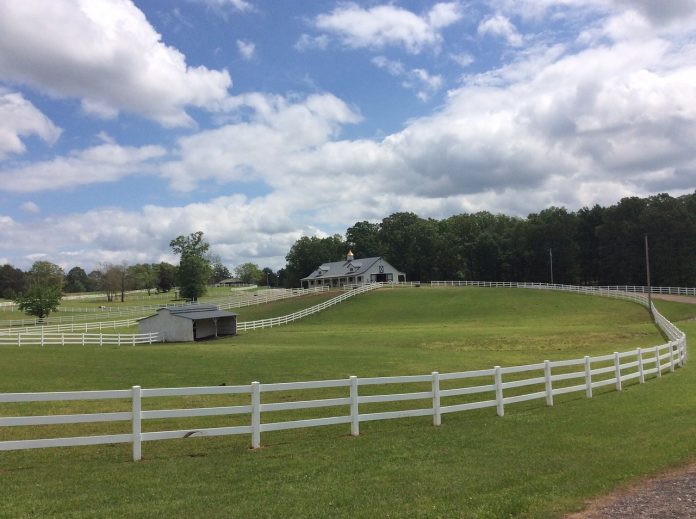The heat and humidity of the last week have signaled that the comfortable temperatures for our cool season perennial grasses are behind us and the warm season grasses will start their growth cycle. Planting warm season annual grasses is a feasible way to improve summer pastures or hay fields to maintain dry matter production during the cool grass summer slump.
A few warm season annual grasses that come to mind are include forage sorghum, sudangrass and sudex, a sorghum-sudangrass hybrid.
Warm season grasses are also known as C4 grasses and do most of their growing when air temperature is closer to 90˚F, rather than the 65-75˚F that their cool season counterparts prefer. Warm season annuals also require less water to increase their dry matter volume. Although we’re still trying to wrap up planting corn and beans, it is time to plant sorghum, sudangrass and sudex because soil temperature will consistently remain above 65˚F.
Seeding
When seeding warm season annuals, both broadcast seeding and drilling are appropriate. Broadcast seeding requires a firm seedbed. Cultipacking after seeding is recommended to ensure adequate seed-soil contact. The seeding rate for broadcast seeding sudangrass is 25-35 lb/A and for sudex varieties is 30-40 lb/A.
Drill seeding depths have varied based on resource. The University of Kentucky suggests between 0.5 and 1 inch, never going deeper than 1 inch, while the University of Minnesota recommends between 1 and 1.5 inches. This may be a geographic difference, and given that we are latitudinally between the two, shooting for a 1-inch seeding depth appeases both recommendations. The seeding rate for drilling is 15-20 lb/A for sudangrass and 20-30 lb/A for sudex.
Grazing
Because sorghum, sudangrass and sudex are coarser types of grasses, they are not well-suited for dry hay, but work well in a grazing system or chopped for baleage. Time to first grazing is between 45 and 60 days.
Grazing these warm season grasses does require a level of care, as they can produce prussic acid (cyanide) and cause poisoning in livestock. To prevent prussic acid poisoning, turn livestock out on pasture once the stand has reached a height of 20 inches.
Nitrate poisoning can also occur when livestock ingest stressed plants. Sorghum, sudangrass and sudex can uptake and retain toxic concentrations of nitrates after a drought, sudden weather changes or after a frost. Remove stock from warm season grass stands that have withstood such conditions to prevent animal death and profit loss.
If forage damage has not occurred, animals can safely remain on pasture until grasses are grazed to a height of 6-10 inches. At this height, remove animals to encourage forage regrowth and prevent stunting. If pastures are especially prolific, or simply not enough mouths to work the pasture, and grasses reach 30-40 inches, take your mower and cut the forage to that 6 to 10-inch range.
Baleage
Using warm season annuals as baleage, however, is a popular choice by many because of its great ability to ensile. Not only will ensiling improve the digestibility of the coarse grass, but fermentation will neutralize the prussic acid and eliminate fear of cyanide poisoning. Sorghum, sudangrass and sudex can be chopped for silage or mowed and baled for haylage. When mowing, use a mower-conditioner, if possible, to crush the stems. Silage yield is expected to be 12 to 15 tons per acre at 65% moisture, less if making baleage at the 40-60% moisture level.
Other benefits
Sudex has additional benefits other than livestock feed. The University of Minnesota considers it to be a summer cover crop to help in building soil and controlling weeds. The rapid growth of the grass supplies an immense root system that not only supplies organic matter to soil but can also begin to fix compacted soil.
Weed control is twofold in sudex-planted fields. Again, the rapid growth assists in shading out small, ground-hugging weeds. The root system also contributes allelopathic chemicals, or chemicals that prevent the germination of other plants. In this case, weeds such as amaranth, redmaids, chickweed, crabgrass and barnyard grass.
In summary, warm season annuals are an efficient way to not only increase dry matter per acre, but to also improve soil and forage stands. Check with your local co-op to find out seed prices, and happy planting!













